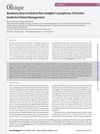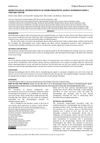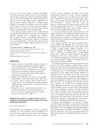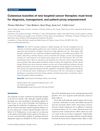Bendamustine: An Old Drug in the New Era for Patients with Non-Hodgkin Lymphomas and Chronic Lymphocytic Leukemia
January 2018
in “
Acta Clinica Croatica
”
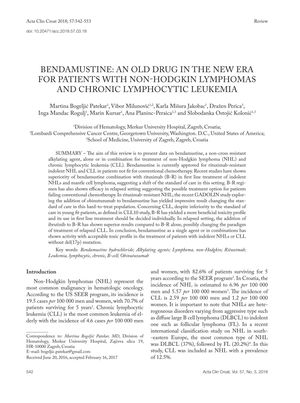
TLDR Bendamustine, often combined with other drugs, is effective and less toxic for certain blood cancers, but less effective for young, fit patients with CLL.
The 2018 review detailed the effectiveness of bendamustine, an alkylating agent, in treating non-Hodgkin lymphomas (NHL) and chronic lymphocytic leukemia (CLL). Bendamustine, particularly when combined with rituximab (B-R), was found to be superior to the CHOP-R regimen for first-line treatment of indolent NHLs and mantle cell lymphoma, offering better progression-free survival (PFS) and a more favorable toxicity profile. In the relapsed setting, B-R also showed efficacy, suggesting it as an alternative for patients who do not respond to conventional chemotherapy. The addition of obinutuzumab to bendamustine (G-B) became the new standard of care for rituximab-resistant NHL. In CLL, B-R was not as effective as standard care in young fit patients but was less toxic. The combination of ibrutinib with B-R in relapsed CLL showed superior results, indicating a potential shift in treatment approaches. The document also referenced several studies, including a pivotal study with 319 patients comparing bendamustine to chlorambucil, and the phase III Helios study with 578 patients that investigated the addition of ibrutinib to B-R. Despite the trend towards 'chemo-free' treatments, bendamustine remains relevant due to its high activity and acceptable toxicity profile, particularly for patients with indolent NHLs or CLL without the del(17p) mutation.
